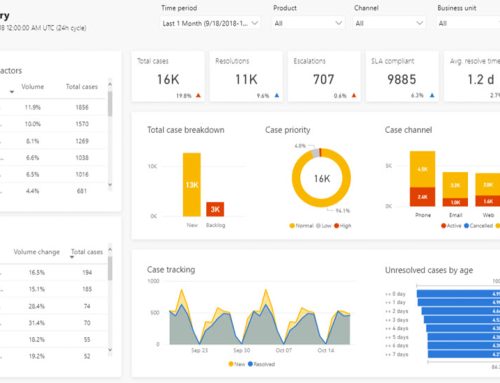How to get ISO 9001 certification? To put it in simple steps then following are the tasks to take, prepare your quality management system, select a certification body, apply for it, get an audit and ultimately acquire the certificate. It is not as stress-free as it sounds above as it only was an overview of how to get ISO 9001 certification. Let’s talk about it in a bit more details.
How To Get ISO 9001 Certification
You Need To Show Commitment
The people from top management and specifically the decision makers in the organization require taking a firm decision and showing full commitment to ISO 9001.
It should not only be about verbal commitments or investment. Specific actions should and must support it.
Recruit Internal Project Manager
You are required to hire someone who can watch over things internally. Basically, getting a certification of ISO 9001 is actually a task to achieve. So, companies should treat this as a project according to its disciplines.
Assignment
It will take effort and time, so you will require resources for it. You can think about consulting someone, or you can also do it yourself. Take a decision which suits your organization.
Evaluation and Assessment
You must know where your company is standing right now. What is your baseline or beginning point? After evaluating it, you need to assess what you need to do better or more to get the ISO 9001 certificate.
Analyze and explore what gaps you have in the current situation of the system and your target system. You can do it all through gap analysis.
Develop and Enhance the System
Following all of the elements above, it is the time to develop your system and make it of top-quality. Now it depends on the current situation of your organizations. Perhaps you only need to fill the gaps in the current system. However, it can also be about introducing new procedure, processes, documents, and quality control.
It also includes the analyzis of the current system, like what your company is currently doing and what is the present approach of doing it.
The company needs to document each and everything in the system in a suitable way. Moreover, improvements and changes are indispensable to reach the standard. You have to use the PDCA (Plan, Do, Check, and Act) cycle in order to do these things.
So, it is the predominant step, and we recommend that one should put most of the effort and time on this stage. Organizations need to ensure that staff is involved throughout the activities and they use and understand the system.
System Audit
Organizations need to do an internal audit of their system. Not financial but risk and compliance audit to witness that you are actually doing what system requires from you, including the ISO 9001 requirements.
They should find if the actual exercise is matching the quality procedures and manual or not. If they see any problems or weaknesses, then they have to solve it by using the formal methods for them that now exist in the system. If you audit correctly then you will definitely find some problems.
Look For the Auditor
Choose a registrar or accredited certifier. Apply for the certification, pay the fee to accreditation body and fix the dates for the audit. One important step here is to ensure the accreditation body and auditor is familiar with your industry and is reconciled by the national accreditation body. For example UKAS if you are in UK.
Go For the External Audit
When the company executes all the above correctly, then it is time for the certified audit of your system with all the requirements of ISO 9001. It will be a rigorous test of the company’s quality management system to see if it complies with all the aspects of ISO 9001. If it passes it will get the ISO 9001 certificate issued.
Wrapping It Up
So it was all about how to get ISO 9001 certification. However, you need to maintain it because every certificate is awarded for only a three years period of time.
The company should run the system while maintaining it and look to make continuous improvements. Your auditor will come three times in three years to check that you are running, maintaining, and improving the system. They are only short audits compare to the original one. After three years, your company will need to have another full inspection for certification. The process will continue like this.






